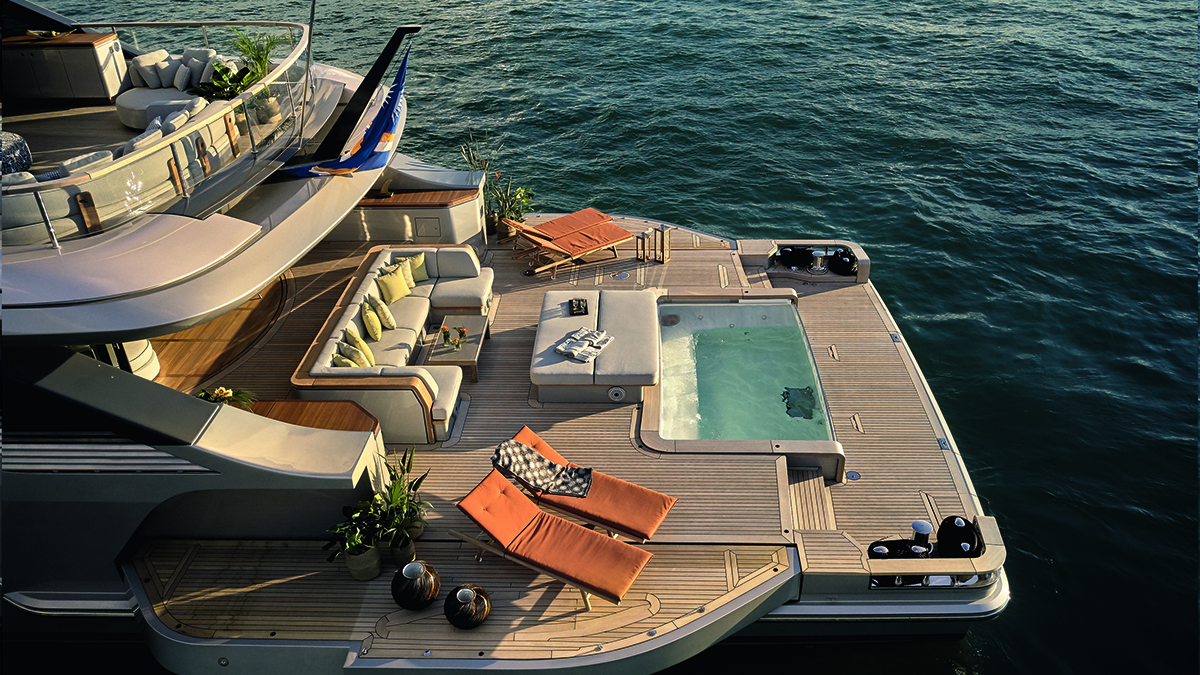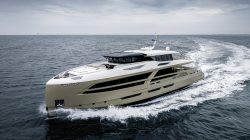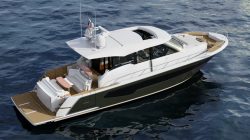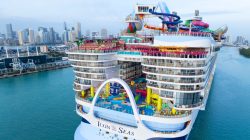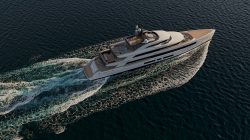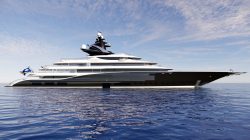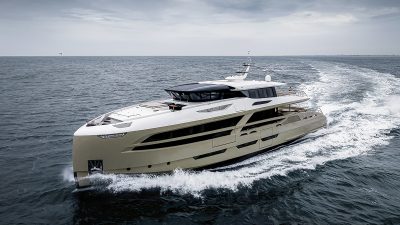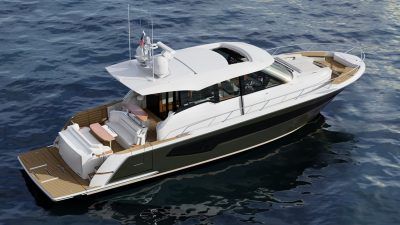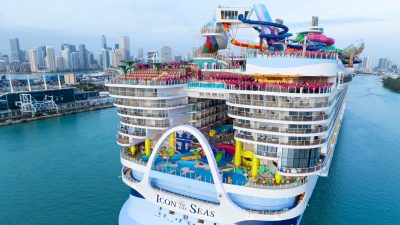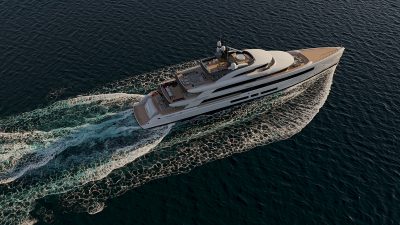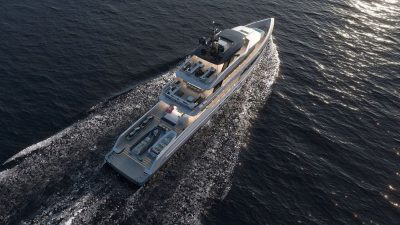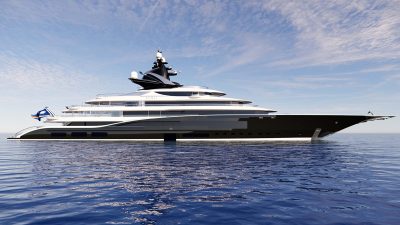One of the most exciting superyacht debuts this year was Benetti’s 148-foot Motopanfilo, which introduced the signature veranda deck. The Italian builder’s unconventional design eschews the traditional main salon, instead creating a less formal living area open on three sides. The “Main Deck Lounge” represents a space that has been left behind, says Giovanna Vitelli, President of Azimut-Benetti Group, which reflects the company’s reinterpretation as “the new standard-bearer for a more relaxed lifestyle” ” is declaring as.
Benetti’s latest design concept and the smaller Oasis Terrace before it are just two examples of how clients are looking to replace starchy lounges and main dining rooms with larger, simpler outdoor living spaces. These include priority folding aft decks, a redesigned bow and balconies that extend when activated, all of which are present on Bilgin’s 263-foot Leona, demonstrating how every imaginable class of yacht FT is dedicated to enhancing the outdoor environment. ,
”This trend has picked up real momentum,” says Dickie Bannenberg of yacht design firm Bannenberg & Rowell.” Now balconies, beach clubs and shell doors are everywhere you look. And This isn’t just limited to 200-foot boats, it extends to production models as well.
The change in direction is being driven by a new generation of owners who are looking for “spacious spaces that combine indoor and outdoor living with stunning views of the water,” says Andrew Collett, director of the team at British design firm RWD. Says Joe designed the Oasis deck and patio configuration.
Collett says the pandemic has increased demand for more spacious designs, just as tuberculosis affected modern architecture in the 20th century, when residential plans began to include hospital shelters with balconies and clean, well-lit interiors. Had started. While he says some of the aesthetic changes happened before the pandemic lockdown, it is also true that “COVID has increased the value of open environments and privacy. We now cater to new health-conscious priorities.
Advances in materials such as cast metal and special laminated glass have helped bridge the gap between interior and exterior. Most importantly, it is now possible to create open spaces under roofs without traditional structural support. For example, the veranda eliminates the need for a large rear bulkhead and another bulkhead on the sides that would normally surround a conventional salon, now leaving a continuous space instead.
With the popularity of carbon fiber in small boats, “the development of glass-related technologies allows us to achieve what was not possible in the past,” says Bernardo Zuccon of Studio Zuccon, designer of the SanLorenzo 57Steel Virtuosity and several superyachts. Are. The other is filled with glass. “Since structural glass is sometimes stronger than steel, we see significant improvements in the clarity of surfaces. “This gives our designs more versatility.”
Glass’s technological renaissance – and the way it has redefined the idea of boundaries – is evident on megayachts including the 297-foot Dar, 263-foot Excellence and 263-foot Artifact, but especially on this 263-foot yacht. . Foot catamaran. It is 141 feet long. That is, with a superstructure and hull composed of more than 50 percent of the material.
Other recent models, including Sanlorenzo’s SX112, have fully open rear bunks with cutouts on the sides, while Sanlorenzo’s X-Space and Bagliotto’s T52 maximize external space as much as their designers can justify with stepped decks .
“People don’t want to live inside,” says Bannenberg.” “They want to live a healthy outdoor lifestyle, and designers are adapting accordingly.” This means there are no limits to the increasingly innovative superyacht concepts.
